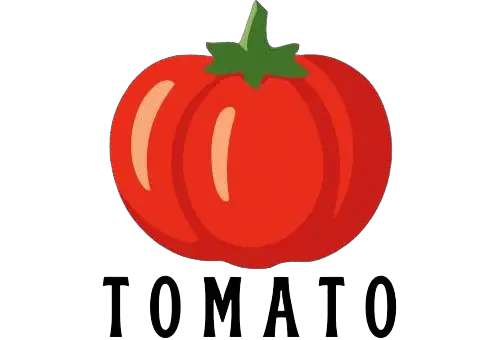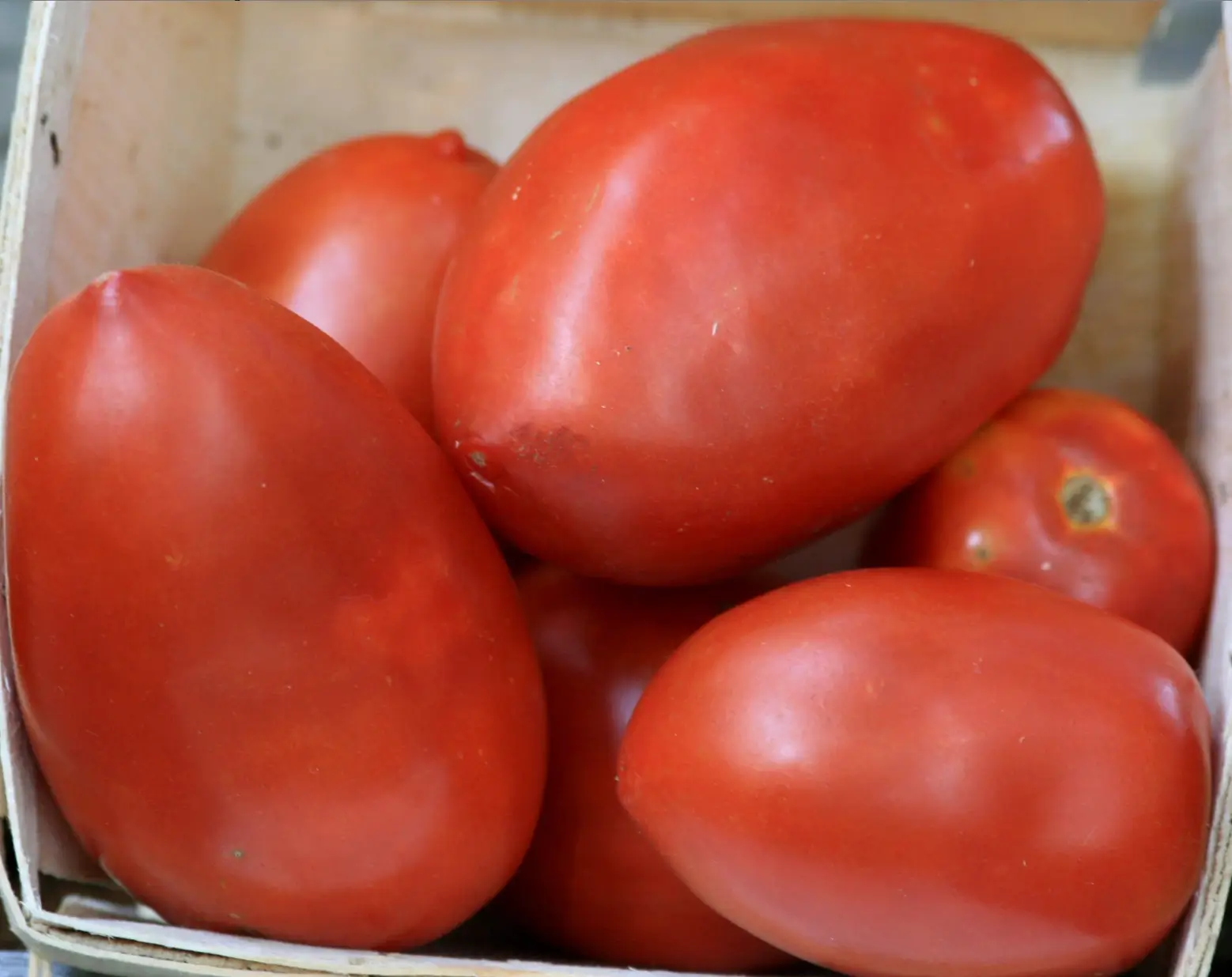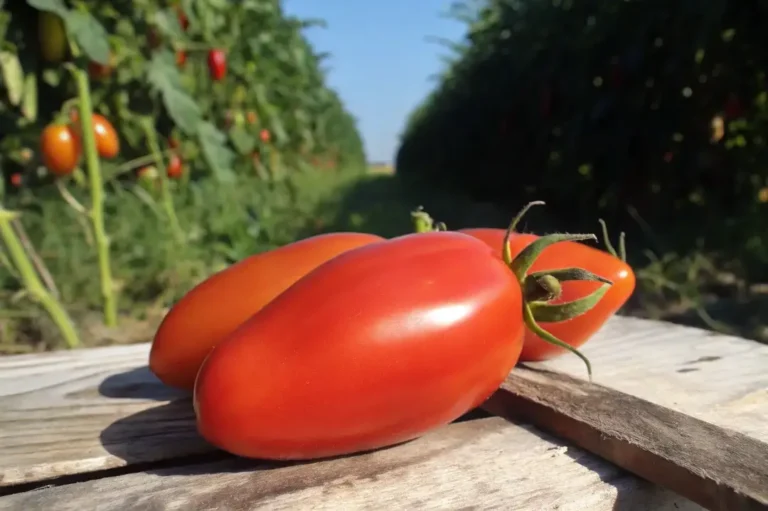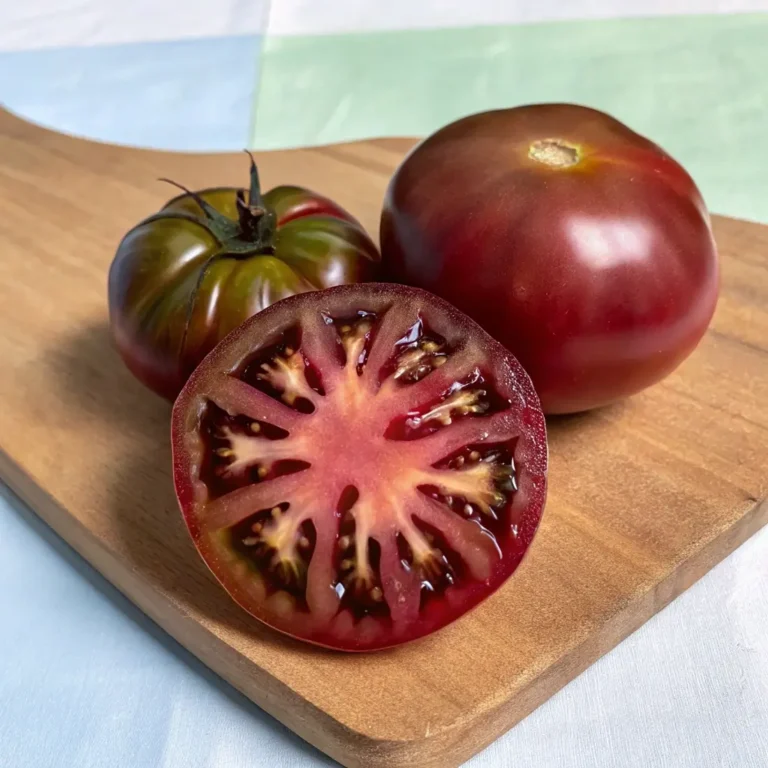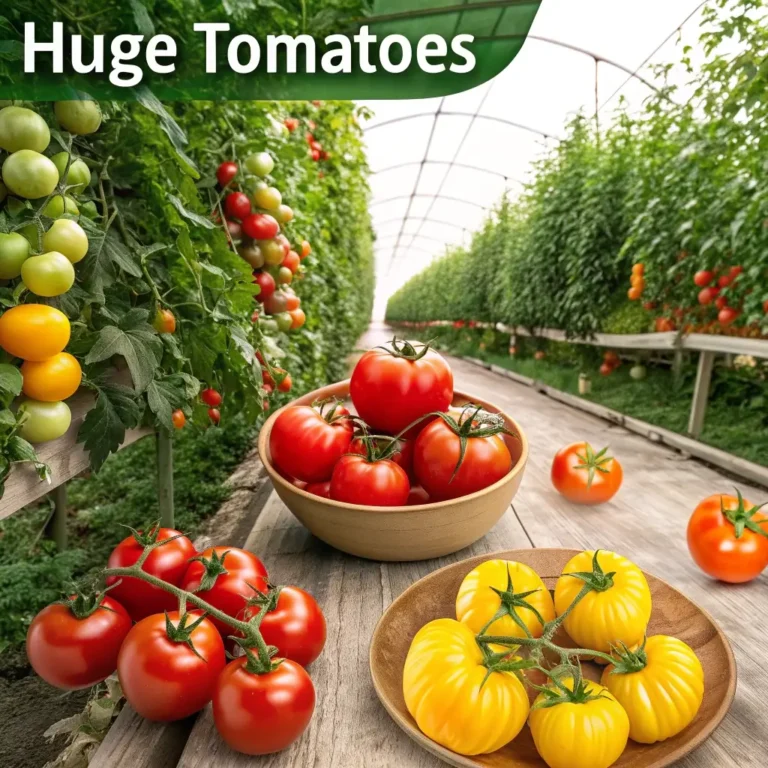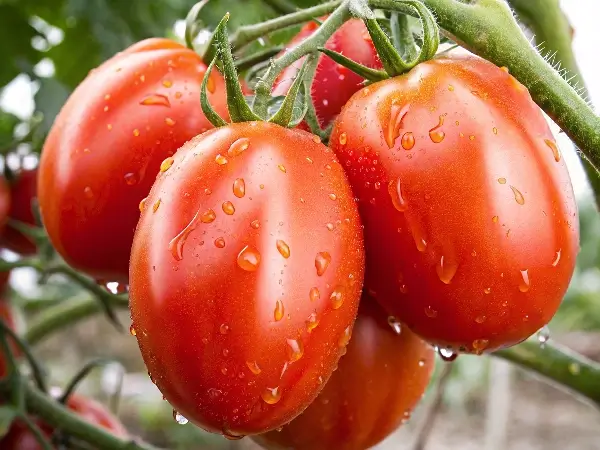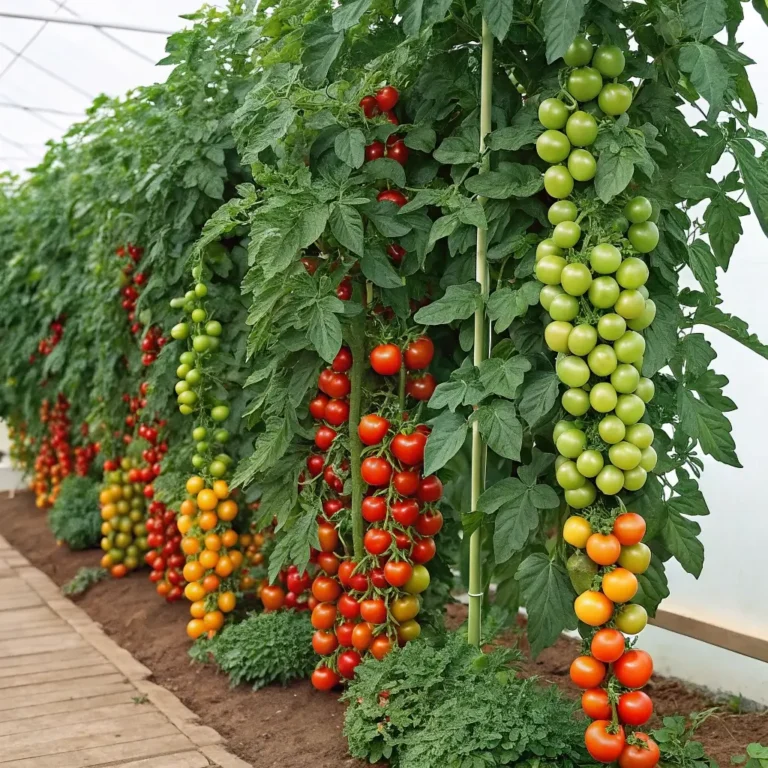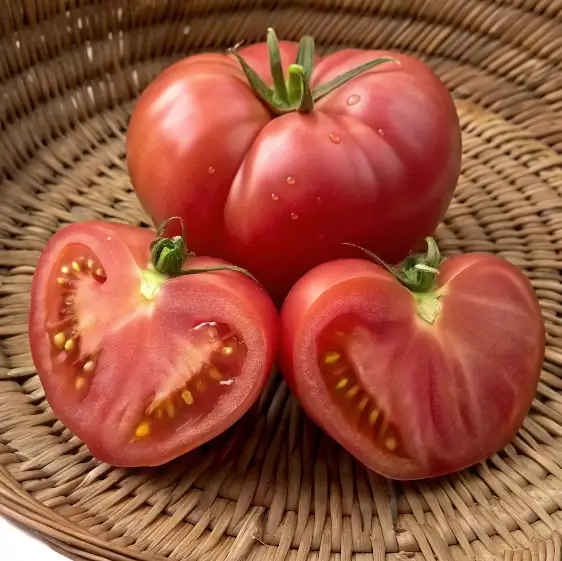The 15 Best Tomato Varieties to Grow for Canning This Season
Table of Contents
Introduction
Did you know that home canners preserve over 1.4 billion pounds of tomatoes annually, yet nearly 40% report being dissatisfied with their results due to choosing the wrong varieties? Finding the perfect tomato for canning can transform your preserving efforts from merely adequate to exceptional. The 15 best tomato varieties to grow for canning this season can make all the difference between watery, flavorless preserves and rich, vibrant sauces and salsas that maintain their quality throughout the year. Whether you’re a seasoned gardener or just starting your first vegetable patch, selecting the right tomato varieties specifically bred for canning will significantly impact your preservation success.
Why Certain Tomatoes Are Better for Canning
Before diving into the specific varieties, it’s important to understand what makes a tomato ideal for canning. The best canning tomatoes share several key characteristics:
- Higher solids content (less water, more flesh)
- Fewer seeds (reducing the need for extensive straining)
- Thicker walls (providing more substance after processing)
- Balanced acidity (essential for safe water bath canning)
- Determinate growth habit (producing fruit all at once, ideal for batch processing)
The 15 Best Tomato Varieties for Canning
1. Roma (Paste Tomato)
The classic canning tomato, Roma produces dense, meaty fruits with few seeds. Each plant yields approximately 8-10 pounds of 3-inch oval fruits that maintain their texture beautifully when processed. Their concentrated flavor intensifies during cooking, making them perfect for pastes and sauces.
2. San Marzano
Often considered the gold standard of canning tomatoes, San Marzanos feature an elongated shape with thick flesh and minimal seeds. Studies show these tomatoes contain up to 30% more soluble solids than regular varieties, resulting in richer sauces. Their sweet-tart balance creates depth of flavor in preserved products.
3. Amish Paste
These heirloom tomatoes produce fruits weighing up to 12 ounces—significantly larger than most paste varieties. With their juicy yet meaty texture and robust, slightly sweet flavor, they’re exceptionally versatile for whole canning, sauces, and pastes.
4. Super Italian Paste
True to its name, this variety produces enormous fruits—often reaching 6-8 inches long—with an incredibly high flesh-to-seed ratio. Each plant typically yields 15-20 pounds of fruit over the season, making it a high-production option for serious canners.
5. Big Mama
These large paste tomatoes (up to 5 inches long) offer the convenience of easy peeling and minimal seed cavity. Their meaty walls and rich flavor make them ideal for tomato sauce and paste production with 20% less cooking time needed to reach desired thickness.
6. Opalka
This Polish heirloom produces distinctive 5-inch fruits shaped like banana peppers. With very few seeds, minimal juice, and rich, sweet flavor, Opalka tomatoes are perfect for creating thick sauces without extensive reduction.
7. Rutgers
A classic determinate variety developed in the 1930s, Rutgers offers a perfect balance of acidity and sweetness. The 6-8 ounce fruits feature firm flesh that holds up well in canning, with studies showing they retain up to 25% more vitamin C after processing than many other varieties.
8. Heinz Classic
Originally developed for commercial ketchup production, this variety produces uniform, medium-sized fruits with the ideal sugar-acid balance. Their naturally high pectin content helps thicken preserves without additional ingredients.
9. Marglobe
This heirloom variety yields round, 6-ounce fruits with resistance to several common tomato diseases. Their balanced flavor, firm flesh, and consistent production make them particularly reliable for whole-fruit canning.
10. Brandywine Red
While not a traditional paste tomato, these large beefsteak fruits (up to 1.5 pounds each) offer exceptional rich flavor that elevates any canned product. Their higher acidity makes them naturally safe for water bath canning.
11. San Marzano Redorta
A larger variation of the classic San Marzano, Redorta produces fruits nearly twice the size while maintaining the same excellent paste qualities. Each fruit weighs approximately 8 ounces with remarkably thick walls and minimal seeds.
12. Viva Italia
This productive hybrid yields plum-shaped fruits that combine disease resistance with excellent flavor. Each plant can produce up to 25 pounds of tomatoes, making it one of the highest-yielding canning varieties available.
13. Blue Beech
An heirloom paste variety with elongated fruits reaching up to 6 inches, Blue Beech offers exceptional flavor complexity—slightly sweet with subtle fruity notes. Their thick walls and minimal seeds make them ideal for cooking down into rich sauces.
14. Polish Linguisa
These distinctive 10-inch elongated fruits resemble sausages and contain very few seeds. With their dense flesh and sweet flavor, they require minimal cooking to achieve thick sauces, saving both time and energy during the canning process.
15. Speckled Roman
This striped beauty combines excellent flavor with stunning appearance—orange-yellow streaks on red background. The 5-inch pointed fruits contain few seeds and meaty flesh, perfect for creating visually striking and delicious canned products.
When to Plant Canning Tomatoes
For optimal results, plant your canning tomatoes after all danger of frost has passed and soil temperatures reach at least 60°F (15.5°C). Most varieties require:
- Days to maturity: 70-85 days from transplant
- Harvest window: Typically 2-3 weeks for determinate varieties
- Timing strategy: Stagger plantings by 2 weeks if growing multiple varieties to manage canning workflow
Tips for Growing Canning Tomatoes Successfully
Soil Preparation
Canning tomatoes develop their best flavor and texture in well-draining soil with a pH between 6.0-6.8. Incorporate 2-3 inches of compost before planting to provide sustained nutrition throughout the growing season.
Spacing Requirements
Most paste varieties benefit from:
- Row spacing: 3-4 feet between rows
- Plant spacing: 18-24 inches between plants
- Support systems: Strong cages or stakes (paste varieties can produce heavy fruit loads)
Watering Practices
Unlike slicing tomatoes, canning varieties develop better flavor and higher solids content with slightly less water. Research shows reducing irrigation by 25% during the final maturation phase increases soluble solids by up to 20%.
Conclusion
Selecting the right tomato varieties specifically bred for canning can transform your home preservation efforts, providing pantry staples with garden-fresh flavor year-round. The 15 best tomato varieties to grow for canning this season offer a range of options—from the traditional Roma to the enormous Polish Linguisa—ensuring you’ll find perfect matches for your growing conditions and preservation preferences. By investing time in selecting appropriate varieties now, you’ll enjoy the rewards of superior canned products for months to come.
FAQs
Can I use regular slicing tomatoes for canning?
While possible, slicing tomatoes typically contain more water and fewer solids, requiring significantly longer cooking times (up to 3x longer) to achieve the same consistency as dedicated paste varieties.
Which varieties work best for small gardens?
Determinate varieties like Roma, Heinz Classic, and Viva Italia offer concentrated harvests in compact plants, making them ideal for limited space.
Are heirloom or hybrid varieties better for canning?
Both have advantages: heirlooms typically offer superior flavor complexity, while hybrids provide improved disease resistance and consistent production. San Marzano (heirloom) and Viva Italia (hybrid) represent excellent options from each category.
How many plants should I grow for a year’s supply of canned tomatoes?
For a family of four, 15-20 plants of paste varieties typically produce enough tomatoes for 40-50 quarts of canned products—approximately a year’s supply for most households.
Can I save seeds from these varieties for next year?
You can successfully save seeds from all open-pollinated and heirloom varieties listed (everything except the hybrids Viva Italia and some Heinz varieties). Allow fruits to fully ripen before extracting and processing seeds.
